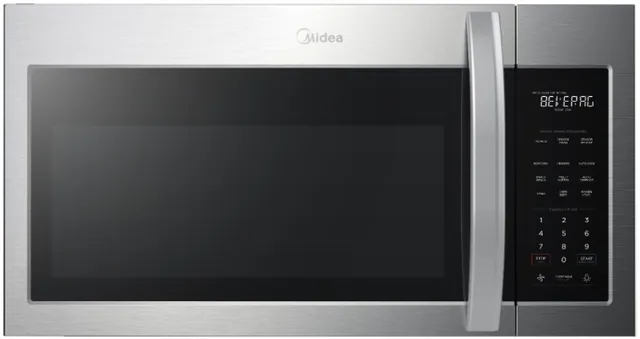
Microwave ovens are common household appliances that use microwave radiation to cook and heat food quickly and efficiently. The process of making a microwave involves a series of industrial and manufacturing steps, from the design and creation of individual components to the final assembly and testing of the product. Here’s an overview of how microwaves are made:
Design and Engineering
- Conceptual Design: Engineers design the microwave oven’s functionality, size, power, and features, considering safety regulations and market demand.
- Component Design: Key components like the magnetron (which generates the microwaves), the waveguide, the cooking chamber, the turntable, and control panels are designed.
- Prototyping: Early models are built to test the design, electronics, and mechanics of the microwave.
Manufacturing Components
- Magnetron Production: The magnetron, the heart of the microwave, is produced through a precision process involving the assembly of a cathode, anode, and magnet system.
- Cavity and Body Manufacturing: The metal body and cooking cavity are stamped and formed from sheets of steel. This may involve cutting, bending, and welding processes.
- Electronic Controls: Circuit boards for the control panel are printed, assembled, and soldered with various electronic components.
- Door Assembly: The door, usually with a conductive mesh screen that allows viewing while containing the microwaves, is assembled with the safety interlock system.
- Turntable Assembly: If the design includes a turntable, it is assembled from glass or ceramic with a drive motor.
Assembly Line
- Body Assembly: The main body of the microwave, typically the outer shell, is assembled on the production line.
- Component Installation: Workers or automated systems install the magnetron, waveguide, and other high-voltage components into the body.
- Wiring and Electronics: The electronic control systems, including the control panel and power supply, are wired to the high-voltage components.
- Insulation: Insulation material is inserted to keep the heat inside the cooking chamber.
- Door Attachment: The door is attached to the main body, and its interlock system is connected and tested.
- Turntable Installation: If applicable, the turntable mechanism is installed.
- Labeling: Instructions and Informational product labels are installed.
- Final Assembly: The remaining internal components and exterior trim, like branding and decorative elements, are added.
Testing
- Quality Control: Each microwave is subjected to quality control tests. This can include testing the magnetron, electrical systems, and ensuring that the microwave door seals properly.
- Performance Testing: The microwave is tested to ensure it heats correctly and all controls work as intended.
- Safety Testing: Microwaves are checked for any radiation leakage and must pass safety standards.
Packaging
- Cleaning: The completed microwave is cleaned to remove any debris from the manufacturing process.
- Packaging: The microwave is packaged along with any accessories, such as the glass plate for the turntable, instruction manuals, and warranty information.
- Shipping: The packaged microwaves are sent to warehouses or directly to retailers.
After Sales Support
- User Manual and Support: Detailed user manuals are provided, and support teams are trained to assist customers with any issues.
- Warranty Service: Manufacturers provide a warranty service to repair or replace defective units.
Throughout the process, manufacturers are also involved in ongoing research and development to improve microwave technology, increase efficiency, reduce costs, and ensure the sustainability of production processes. Quality checks are embedded throughout the manufacturing process to ensure that the final product is safe and reliable.